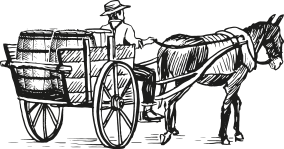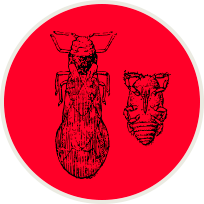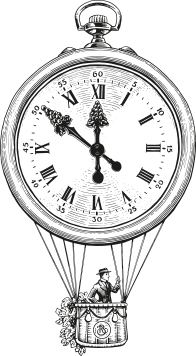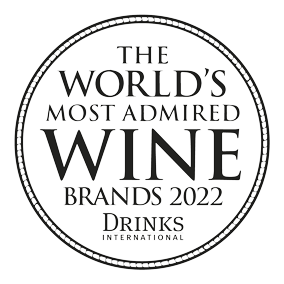In the small town of Etxebarri, now absorbed by the Biscayan capital, Ramón Bilbao Murga was born in 1876, embarking upon the journey of his life, as well as our very history.
Ramón’s family were not poor, but nor were they swimming in abundance. In those years, the people of Etxebarri mostly worked in fishing, although there began to be signs of some prosperity with the expansion of the iron and steel industry.


 Histories
Histories














